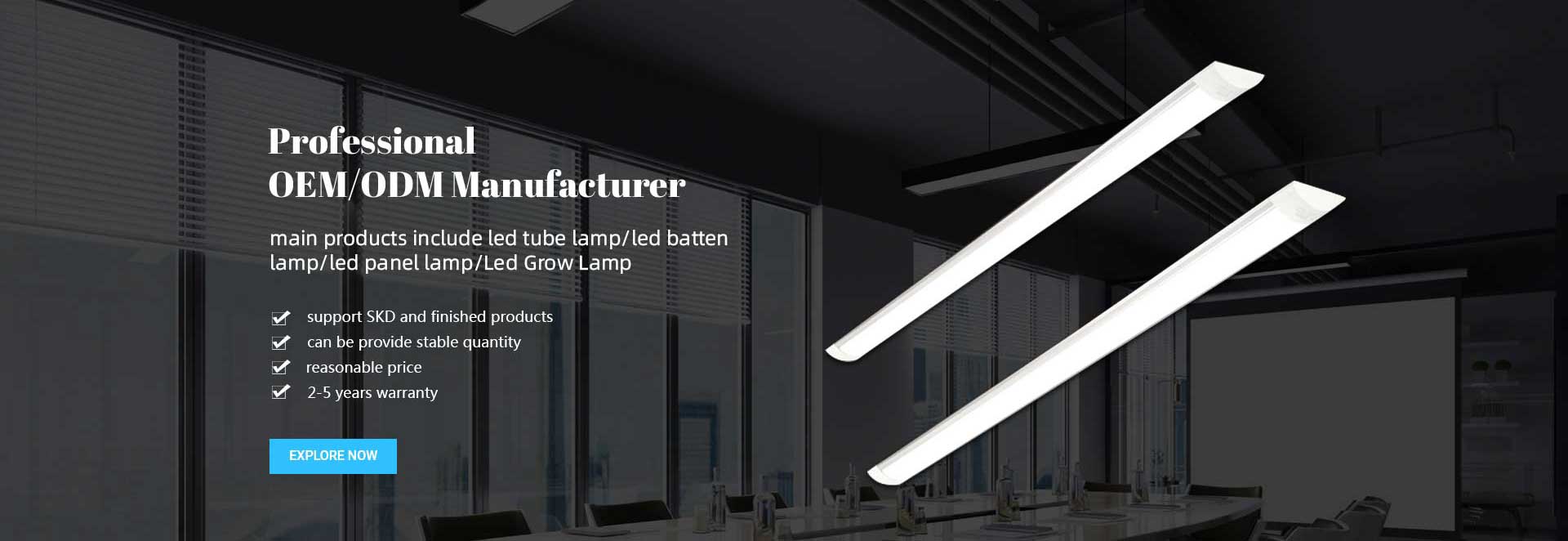
LED tubes can fail for various reasons. The most common causes include:
1. Thermal stress: LED tubes generate heat during operation, and excessive heat can cause the internal components to deteriorate. This can lead to a decrease in light output or complete failure of the tube.
2. Poor quality components: Low-quality LED tubes may have cheaper or inferior components, such as low-grade LEDs or faulty drivers. These components may not be able to withstand the electrical current or temperature fluctuations, leading to premature failure.
3. Overcurrent or voltage spikes: If the LED tube is subjected to a voltage surge or higher than rated current, it can cause significant damage to the LEDs and their associated components. This can lead to a decrease in performance or complete failure.

4. Poor installation: Improper installation can also contribute to LED tube failures. If the tube is not securely connected or the wiring is incorrect, it can cause electrical issues and even damage the LEDs.
5. Environmental factors: LED tubes are sensitive to environmental conditions such as excessive humidity, extreme temperatures, or exposure to water or dust. These factors can impact the performance and lifespan of the tube, leading to failure.
6. Aging: Like any electronic device, LED tubes have a limited lifespan. Over time, the LED chips can degrade or the driver components can fail, resulting in decreased efficiency or complete failure.
To prevent LED tube failures, it is essential to choose high-quality products from reputable manufacturers. Additionally, proper installation by a qualified electrician can minimize the chances of electrical issues. Regular maintenance, including cleaning and monitoring for any signs of degradation, can also help extend the lifespan of the LED tubes.
Previous: Are LED tubes worth it?